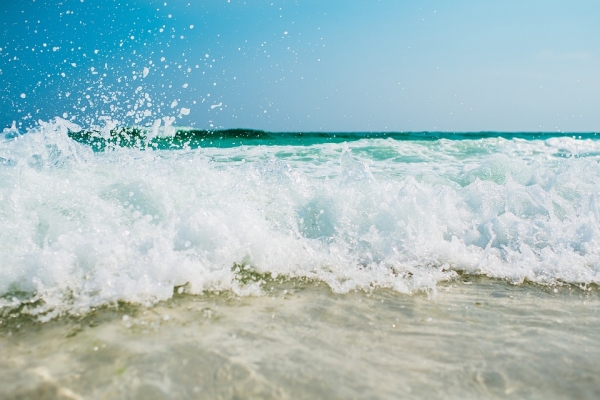A cold sparkling water.
Waves crashing on the beach.
The crackle of a bonfire.
Steam from a kettle.
These are not only the makings of a relaxing weekend, but also sources of aerosols in our environment. Though some of these sources of aerosols aren’t much of a concern, aerosols originating from industrial sources, such as wastewater treatment plants, and even natural sources, such as sea spray and dust, have the capacity to make more of an impact on the environment and even public health.
An aerosol is a suspension of liquid droplets or fine solid particles suspended in the air. Though aerosols are generated in numerous ways, one of the most significant sources is through the bursting of bubbles at the interface between a liquid and the air. Most previous research has focused on “clean” bubbles despite contaminated interfaces being more prevalent.
Read more at University of Illinois Grainger College of Engineering
Photo Credit: Pexels via Pixabay


